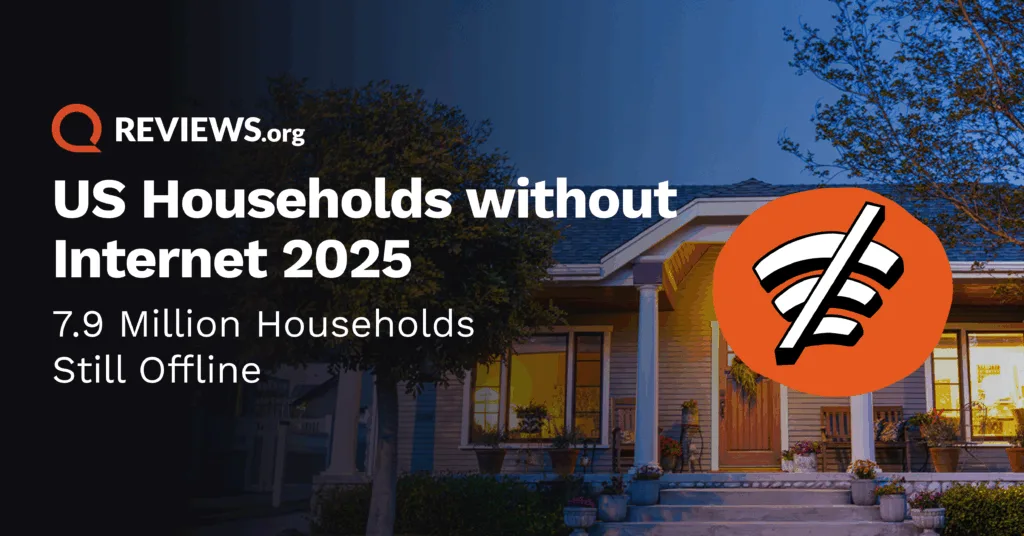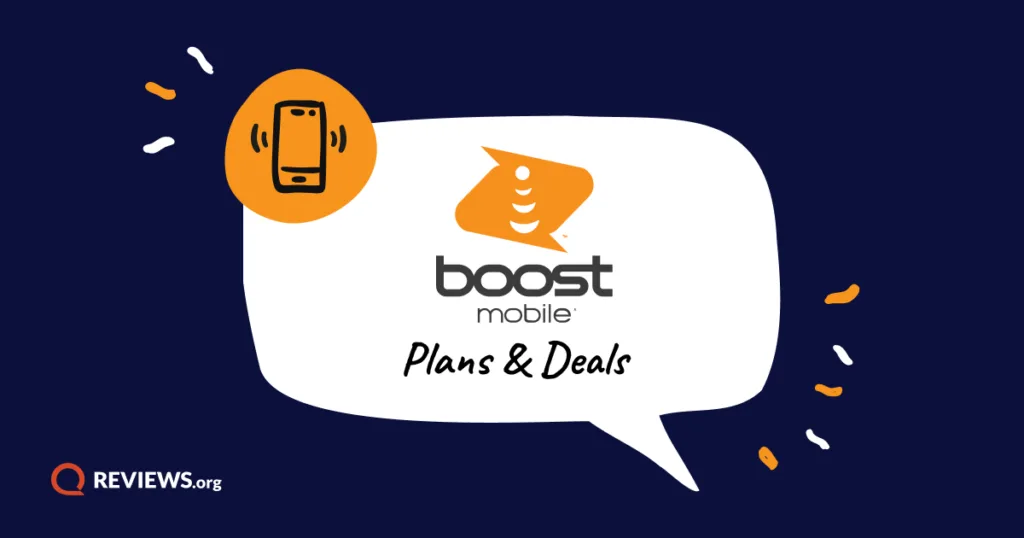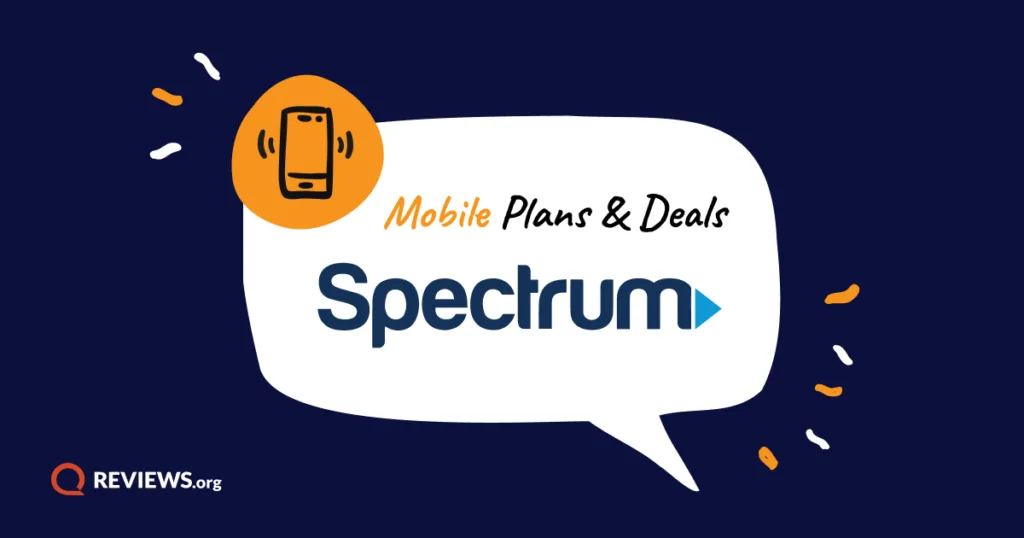We know you'll hate this answer—it depends
Are Prepaid Cell Phone Plans Better than Postpaid?
The strict difference between prepaid vs. postpaid plans is when you pay your bill. Prepaid cell phone plans tend to be cheaper, but they usually come with fewer perks and features. Postpaid cell phone plans almost always cost more, but they often come with discounts on new devices and other benefits, like more reliable data speeds.
Which is actually better, prepaid or postpaid cell phone plans? The short answer is: it depends on what you want.
What are prepaid and postpaid plans?
Let's start with some basic definitions:
- Prepaid plans: Prepaid plans require you to pay your bill before you receive service. These plans almost never require a contract, so you'll be paying month to month. If you don't pay your bill, your service will be cut off.
- Postpaid plans: Postpaid plans allow you to pay your bill after you've received service each month. They often give you options for paying for a new phone over many months as well. Because you're not paying upfront, postpaid providers often require a credit check before you sign up.
Let’s take a look at a few examples of what we mean. Here’s a traditional, postpaid plan from Verizon Wireless. It comes with unlimited talk, text, and 5G LTE data. It requires no contract, but you will have to get a credit check before you sign up.
*With paper-free billing and Auto Pay. Plus taxes & fees.
This plan is also eligible for Verizon's $10/month perk packs, which include free streaming subscriptions to Netflix, Disney+, and Max as well as memberships to Apple One and Walmart+. Plus, when you sign up, you’ll be eligible for some great deals and discounts.
Here are very similar unlimited plans from Verizon prepaid. These plans comes with unlimited talk, text, and 4G LTE data. They're $5 to $15 cheaper than the postpaid plans and sometimes come with a special deal or offer on a device when you activate a new line.
Even without a promotion, Verizon's Unlimited Plus Prepaid plan offers more value than its postpaid Unlimited Plus option. It's $5 cheaper per month and offers 50GB more premium data and 25GB more hotspot data. The only downside is the prepaid part of it all.
*With paper-free billing and Auto Pay. Plus taxes & fees.
That covers prepaid and postpaid plans from a major provider, like Verizon. But there are other prepaid options out there, and they may offer much better deals.
For example, here’s a plan from Visible Wireless. Visible is a mobile virtual network operator (MVNO), which is a fancy way of saying it’s a small company that uses a larger company’s cell phone towers to bring service to its customers. In this case, Visible uses Verizon’s network.
As you can see, Visible's plans also include unlimited talk, text, and data. Like Verizon's own cell phone plans, Visible's plans also use Verizon’s network. But its $25 plan is a full $40 cheaper than Verizon’s postpaid plan and $25 cheaper than the company’s prepaid plan.
What's the catch? Well, you won’t get any special perks or benefits with the majority of prepaid providers. Also, on some MVNO plans, you’ll get slower data speeds when the network is congested (but this is also possible on most lower-tiered unlimited plans, including those from major carriers). Visible's Visible+ Plan and Visible+ Pro Plan offer uncapped priority data, though, so it's still possible to get major-carrier-level speeds with an MVNO. Plus, new customers who sign up for Visible Wireless using the coupon code SPRING5 can save $5 per month for 12 months on Visible+ or Visible+ Pro.
Want to learn more about MVNOs?
You can learn more about how MNVOs work and which ones offer the best deals in this roundup of the best MVNO plans.
Now that we’ve gone over the main differences between prepaid connections and postpaid connections, let’s talk about plans and how much dough you’ll have to shell out to get them.
By signing up, you agree to our Terms of Use and Privacy Policy.
Prepaid vs. postpaid plan pricing
Who doesn’t want to save money on their cell phone bill? Billionaires, probably. But you’re not a billionaire, so let’s talk about prices.
As we discussed above, prepaid customers tend to have cheaper bills. But how much cheaper? Let’s look at a comparison. Here are some leading unlimited data plans from prepaid companies.
Prepaid unlimited data cell phone plans
Most of these prepaid plans hover around $30 per month. That includes unlimited talk, text, and data, but almost no benefits, like hotspot data, free subscriptions, or discounts on devices.
Meanwhile, here’s a look at the cheapest line of unlimited data plans from each of the three major postpaid carriers—AT&T, T-Mobile, and Verizon.
These plans range from $65–$100. That’s a full $15–$40 more than many prepaid alternatives. That’s a lot of moolah when you’re paying your bill every month (in fact, it’s $180–$480 a year!).
If you’re going on price alone, prepaid carriers are the clear winner. And these cheaper plans definitely make sense if you just want a barebones plan for yourself or for your kids. But there are some benefits of postpaid plan performance that are worth thinking about.
Prepaid vs. postpaid plan performance
It’s not just little perks, like a Disney+ subscription, that make postpaid plans more robust than prepaid ones. Oftentimes the overall performance of the network is also better. It all comes down to the details of data throttling and deprioritization.
Throttling occurs when you run out of premium data
Throttling happens when the network slows down your data speeds because you’ve already used up your allotted amount of high-speed data. All plans have throttling built in, although the data cap at which throttling begins changes. That cap is usually around 30–50GB of data, which is quite a lot.
Postpaid plans often have higher data caps than prepaid plans. For example, Metro by T-Mobile (a prepaid provider) gives you 35GB of full-speed data before throttling kicks in, while a postpaid T-Mobile plan will give you 50GB.
One of the largest priority data allotments we've seen is from US Mobile, a prepaid carrier that allows its users to choose between T-Mobile's or Verizon's network. Its $50 Unlimited Premium plan includes a generous 100GB of monthly high-speed data before throttling.
Deprioritization happens when your network is busy
Another way your data can get slowed down is called network deprioritization. This means that the network can slow down your data speeds at any time that the network is busy—think rush hour, big sporting events, and peak use hours in urban areas.
Deprioritization is an issue with almost every single prepaid plan, but also the lowest tiers of postpaid unlimited plans. You have to bump up to the pricier plans before you see deprioritization disappear completely.
In short: if you need a mobile plan that always has fast, reliable data speeds, then you should stick with the higher-tiered (more expensive) postpaid plans.
We hope that this information helps you decide which kind of mobile plan is right for you. Check out our lineup of the best cell phone plans—both prepaid and postpaid—if you still need help deciding!
Related Articles





